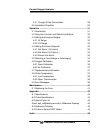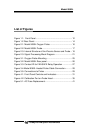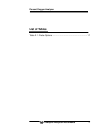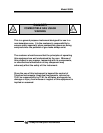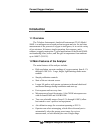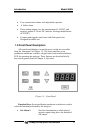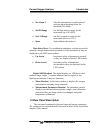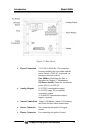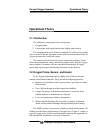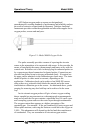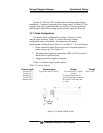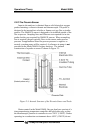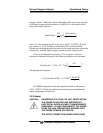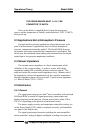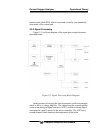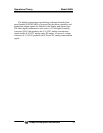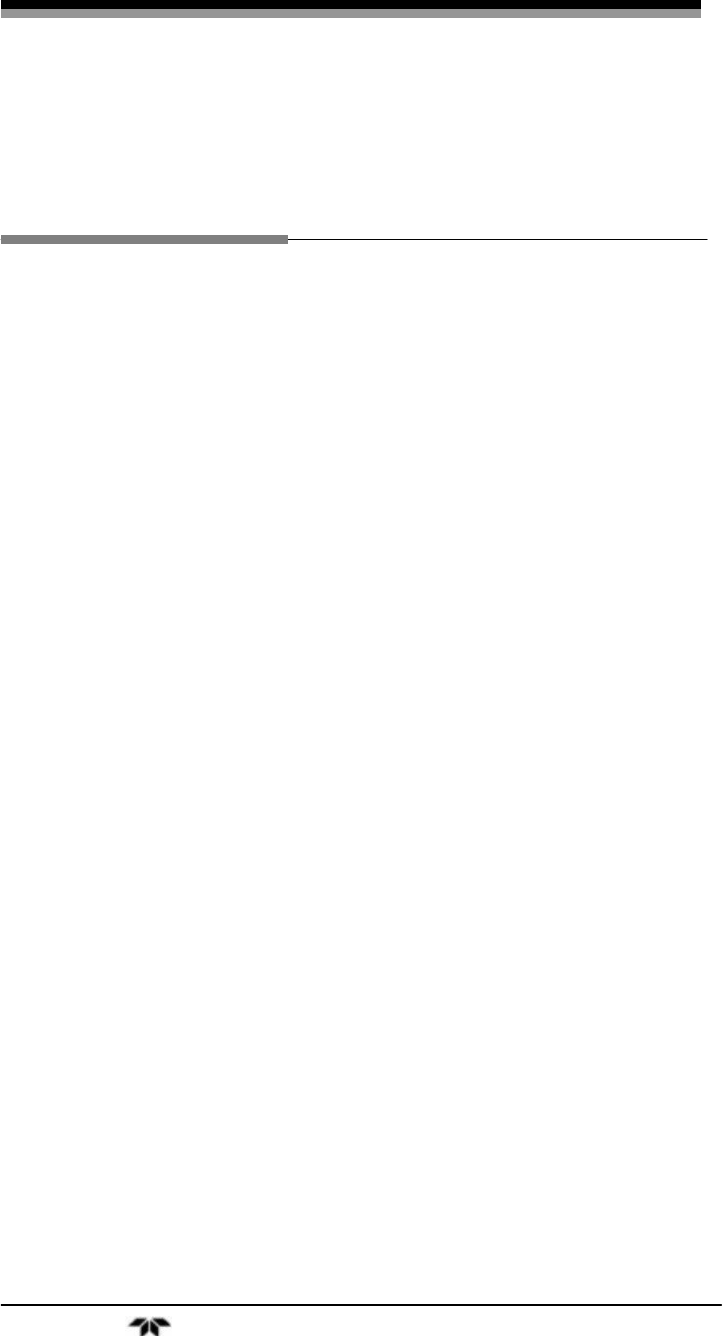
Percent Oxygen Analyzer Operational Theory
Teledyne Analytical Instruments 15
Operational Theory
2.1 Introduction
The analyzer is composed of two subsystems:
1. Oxygen probe
2. Control unit with signal processing, display and controls
The oxygen probe can be heated or unheated. It delivers the sample
gas to a state-of-the-art zirconium sensor which translates the amount of
oxygen present into a millivolt output.
The control unit processes the sensor output and translates it into
electrical concentration, range, and alarm outputs, and a percent oxygen
meter readout. It contains a micro-controller that manages all signal
processing, input/output, and display functions for the analyzer.
2.2 Oxygen Probe, Sensor, and Heater
TI/AI oxygen probes and sensors employ state-of-the-art zirconia
sensors and advanced materials. They provide the following benefits:
• Improved control due to fast response time—typically less than
four seconds.
• Cost-efficient design provides improved reliability.
• Longer-life probes with greater resistance to corrosion from
sulphur and zinc contaminants in a flue gas.
• Low cost replacement reduces maintenance.
• Reduced probe breakage due to greater resistance to thermal
shock and mechanical damage during installation and startup.
The 9060L probes or sensors are simple to install and maintain. All
models provide direct measurement of oxygen level. Figure 2-1 shows a
typical oxygen probe. Probe specifications are listed in the Appendix of
this manual and installation is covered in Section 3.



